Think back to the last time you took an online course. Regardless of what the topic was (soft skills, compliance, new software, etc.), I bet somewhere it included some objectives at the beginning of the course. You know what course objectives are… they start with a line like “In this course, learners will:” and then are followed by a list of bullets- all of which you, as the learner, almost never read. Most learners spend about as much time on the Objectives page as they do on the title page- it’s just something to click through quickly.
Why, then do instructional designers add a page of course objectives if they know that most people don’t even look at them, let alone read or remember them? Most learning and development professionals say the same thing about course objectives: They need to be in the course- even if people never read them. The reason? Accountability. As long as the objectives are stated somewhere in the course, the course stakeholders (the ones who requested the course to be made) can readily point to the fact that ‘this’ particular course addresses ‘these’ particular set of bullet points. In practice, these objectives are primarily written for the stakeholders, NOT for the learners.
Isn’t there a better way? Can’t we, as learning designers, set up the course objectives in a way that entices learners into wanting to read the objectives? Can’t we design objectives so learners will actually remember them and will guide them in their learning? Well, you guessed it, there is a way to do just that- it’s called Story-Based Objectives.
Story-Based Objectives take the original course objectives and embed them within a story that is within the course. In this design, the course begins with a story that presents a brief yet compelling scenario that is relatable and relevant to the learners. The scenario presents a problem that must be resolved- and the only way to resolve it is to explore the course content. It is at this point that Story-Based Objectives are presented to learners. In this way, the objectives are a natural part of the story and are stated in such a way that they focus on how to resolve the problem of the story.
Let’s look at an example. In a compliance course in the banking industry, tellers must learn to detect fraudulent account activity. A traditional learning objective might be “In this course, learners will: Be able to detect suspicious activity patterns in checking accounts.”
In a Story-Based design, learners would start the course with a brief scenario, like the following.
Ethan is working with June, a customer, at a teller window.
- June: “Can you tell me my account balance?”
- Ethan: “Sure- Your checking account is overdrawn by $438.72.”
- June: “That can’t be right- I know I have over $2,000. I just got paid.”
- Ethan: “Let me review your recent transactions.”
As Ethan reviews the last 20 withdrawals, he suspects fraudulent activity, but he’s unsure what to look for.
Question: How can Ethan quickly identify suspicious activity on his customer’s checking account?
Note that in the above example, the question at the end is actually a Story-Based Objective. It’s not called out specifically as an objective, but it clarifies the intent of the course to the learners. What’s more, because it was embedded within a story, learners are more compelled to learn as they want to know what will happen next in the story. In this way, Story-Based Objectives are learner-focused and support their development.
This doesn’t mean that traditional course objectives should be eliminated. They can still serve a needed purpose for the stakeholders and within a course description in a catalog. However, during the course, if Story-Based Objectives are embedded within stories, they will more likely be read, understood, and remembered than if a traditional list of bulleted objectives is shown at the beginning.
